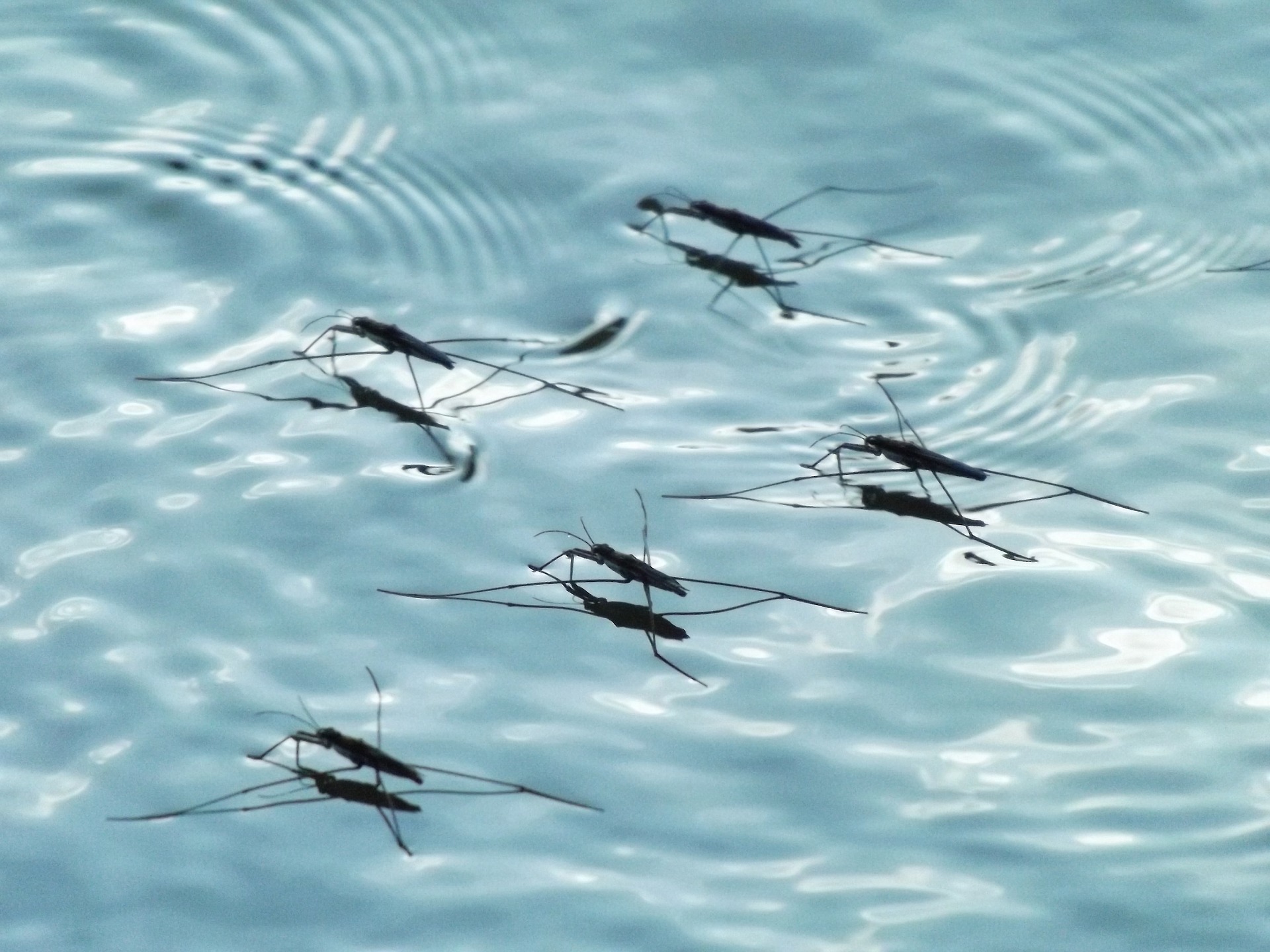The number of dengue fever infections reported in Myanmar this year is four times last year’s number, according to the Public Health Department. There have been 21,288 infections this year up to August 19, while last year, there were just over 5,400 infections during the same period in 2016.
Yangon Region has had the highest number of infections this year with a total of 4,519. There were also 2,805 cases in Ayeyawady, 2,259 in Rakhine State, 1,669 in Kayin State, 1,666 in Mon State, 1,665 in Bago Region, 1,500 in Kachin State, 1,148 in Mandalay Region, 787 in Taninthayi Region, 779 in Kayah State, 716 in Shan State, 665 in Sagaing Region, 654 in Magway Region, and 386 cases in Naypyidaw.
Furthermore, the death toll for 2017 has reached 131, including 32 deaths in Yangon, 29 in Ayeyawady, 21 in Rakhine, 16 in Kachin, nine each in Bago and Magway, five in Sagaing, four in Naypyidaw, two in Taninthayi and one each in Kayin, Mon, Mandalay and Kayah.
The death toll reach 23 during the same period last year. The death toll reached 55 by the end of the year.
The Public Health Department first detected this year’s spike in May, when it announced that infections may reach epidemic levels later in 2017.
Myanmar’s deadliest dengue outbreak was in 1994, when an epidemic claimed 444 lives.
The disease is a leading cause of hospitalizations and deaths of children and seniors in Southeast Asia. Rises in infection rates have been attributed to global warming and to urbanization.
According to the World Health Organization, dengue fever is vastly under-reported and affects an estimated 400 million people each year. The death rate is over 50 percent if it goes untreated.
The most effective way to avoid dengue infection is to avoid mosquito bites. This can be done by staying in air-conditioned or well-screened housing, wearing protective clothing, using mosquito repellent, and by reducing mosquito habitats.
Mosquitoes that carry dengue typically live near homes and breed in stagnant water.





Reader Interactions